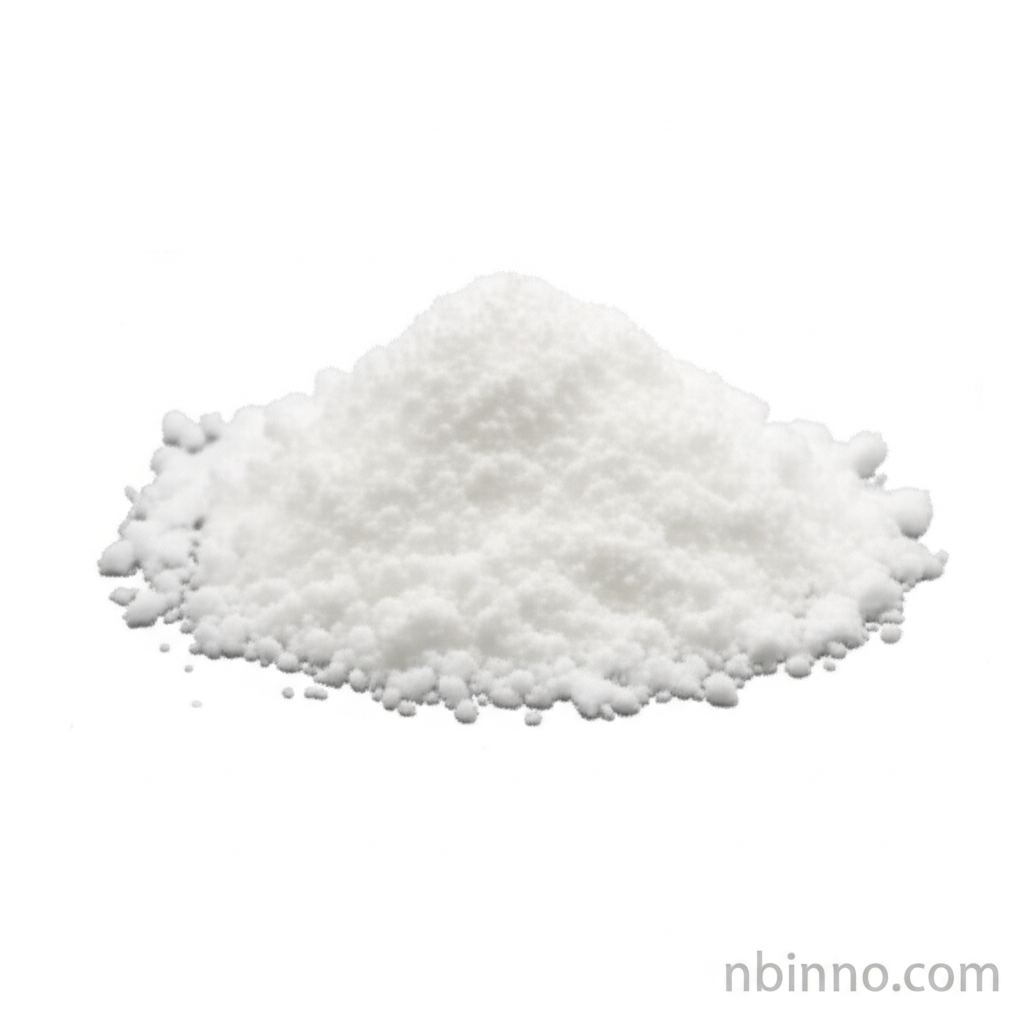3-(4-Chlorophenyl)pentanedioic Acid: Synthesis, Properties, and Applications
Explore the key characteristics and uses of this vital organic synthesis intermediate.
Get a Quote & SampleProduct Core Value

3-(4-Chlorophenyl)pentanedioic acid
This compound is a crucial building block in organic synthesis, widely recognized for its role as a pharmaceutical intermediate. Its specific chemical structure makes it valuable for creating more complex molecules.
- Leverage 3-(4-chlorophenyl)glutaric acid uses for your advanced organic synthesis projects.
- Understand the critical properties of CAS 35271-74-0, including its melting point and solubility.
- Utilize this compound in the intricate process of Baclofen impurity synthesis.
- Explore efficient 3-(4-chlorophenyl)pentanedioic acid synthesis pathways for your research and development.
Key Advantages
Versatile Intermediate
As a key intermediate for Baclofen impurity synthesis, it offers significant utility in pharmaceutical research and development.
Defined Properties
With a well-documented melting point and solubility profile, chemists can confidently incorporate CAS 35271-74-0 into various reactions.
Essential for Synthesis
The compound's role in 3-(4-chlorophenyl)pentanedioic acid synthesis makes it indispensable for creating specialized organic compounds.
Key Applications
Organic Synthesis
Serves as a fundamental building block in a wide array of organic synthesis pathways, enabling the creation of novel chemical structures.
Pharmaceutical Intermediates
Crucial for the development of active pharmaceutical ingredients and their related impurities, such as in Baclofen impurity synthesis.
Chemical Research and Development
Facilitates advanced chemical research by providing a reliable source for custom synthesis and the exploration of new chemical entities.
Fine Chemical Manufacturing
Its precise properties and established synthesis routes make it a valuable component in the fine chemical industry.
